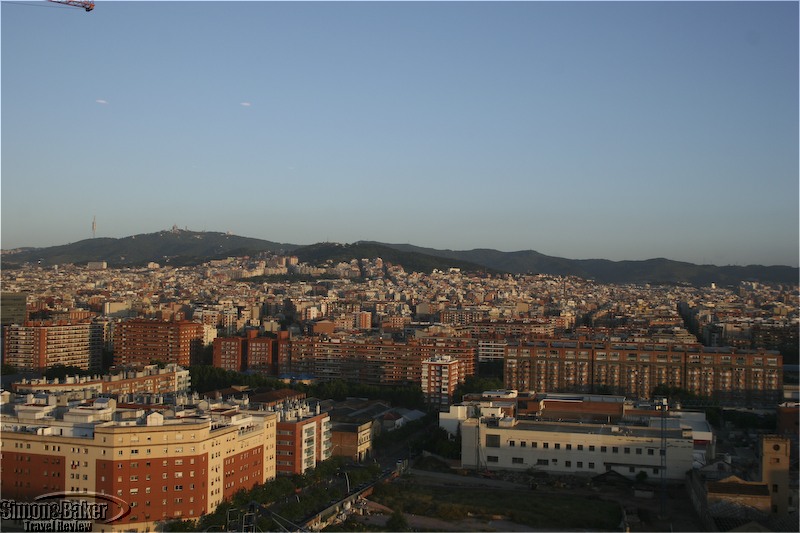
by Editor | May 1, 2011 | Barcelona, Europe, Simon and Baker Travel Review, Spain
This trendy hotel, part of the large Sol Meliá chain, was located in a 37 story tower building. Its target audience were luxury oriented travelers, especially celebrities and those with a penchant for music, design and gourmet meals. It had a penthouse VIP lounge (a favorite) for Level upper floor guests, meeting space, two restaurants, nightclub, pool area, fitness center and spa. The name Me was designed to convey that Me equals you “because Me becomes you.”
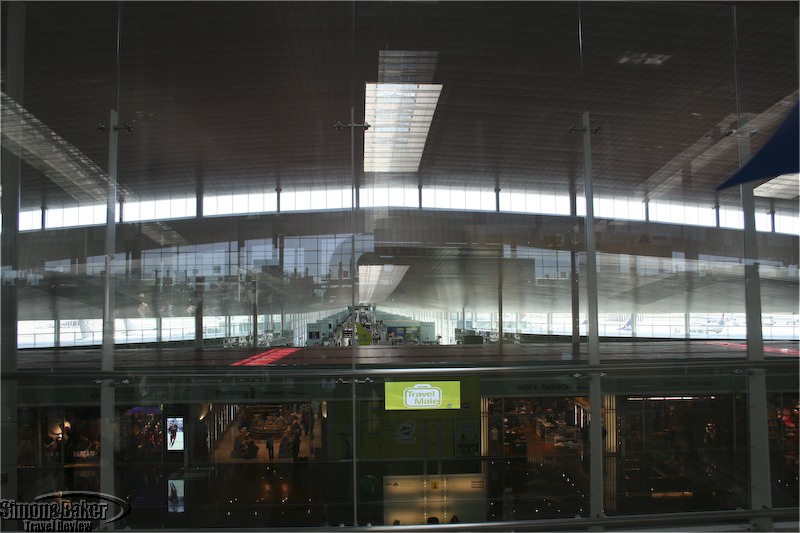
by Editor | May 1, 2011 | Barcelona, Europe, Florida, North America, Simon and Baker Travel Review, Spain, United States
One of the major reasons I decided to travel to Barcelona this spring was the possibility of flying directly and non stop from Miami to Barcelona in Iberia’s newly inaugurated luxury service with fully horizontal seats. Not sure of what to expected at the sometimes overcrowded airport in South Florida’s largest city I arrived at the Iberia counter three hours early. Check-in was speedy and I was pleased to discover I had been assigned an aisle seat as I had requested.
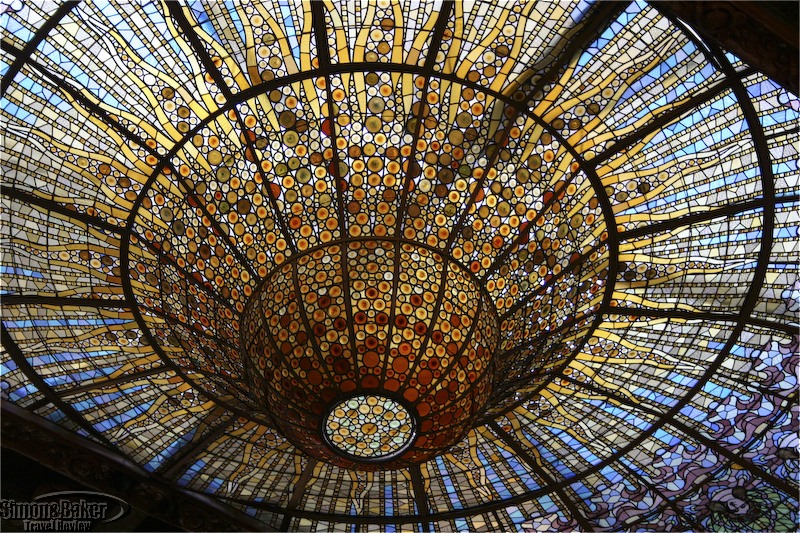
by Editor | May 1, 2011 | Barcelona, Europe, Simon and Baker Travel Review, Spain
This striking music hall, built between 1905 and 1908 as the headquarters of the Orfeó Català, a nonprofit organization dedicated to the promotion of Catalan culture, had more than a century of history when I first attended a sold out concert there on a cool spring evening during a week long visit to Barcelona. It was love at first sight.
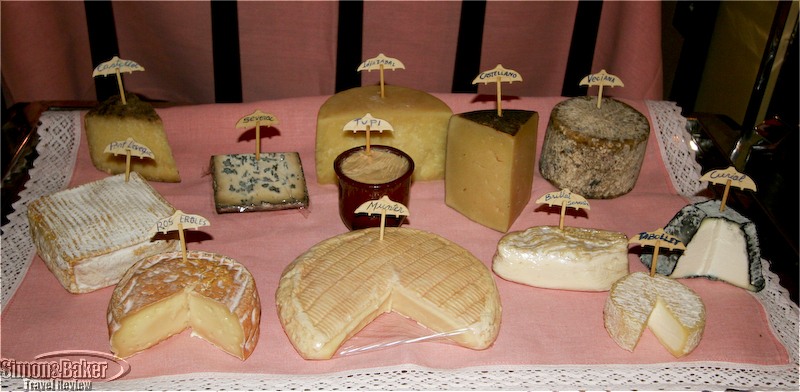
by Editor | May 1, 2011 | Barcelona, Europe, Simon and Baker Travel Review, Spain
When I first heard the name Via Veneto I thought of the famous shopping street in Rome, Italy and wondered what kind of cuisine the restaurant served. Soon I discovered the restaurant offered a contemporary interpretation of Catalan dishes within a nostalgic setting designed during the Italian Dolce Vita era.
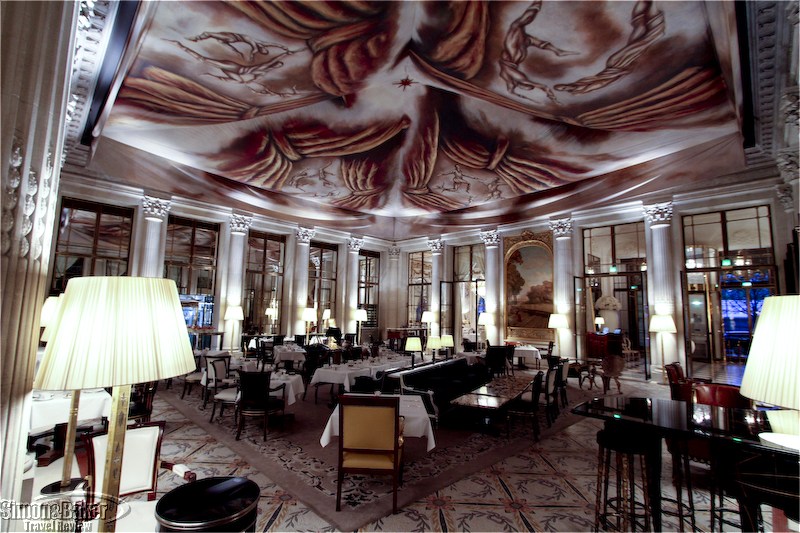
by Editor | Mar 1, 2011 | Europe, France, Paris, Simon and Baker Travel Review
Named for Charles-Augustin Meurice the hotel’s history began in 1771 in Calais, where upper-class British travelers on their way to Paris would arrive after crossing the Straits of Dover. There, an enterprising regional postmaster, Meurice (1739-1820), welcomed them to French shores at his Calais coaching inn and arranging rides to Paris aboard his coach service. It was a 36-hour trip, and Meurice built a second coaching inn in Paris in 1817 to welcome the weary travelers on their arrival. The Hotel Le Meurice moved in 1835 to its present site, one of the most fashionable locales in the city, overlooking the historic Tuileries Garden.
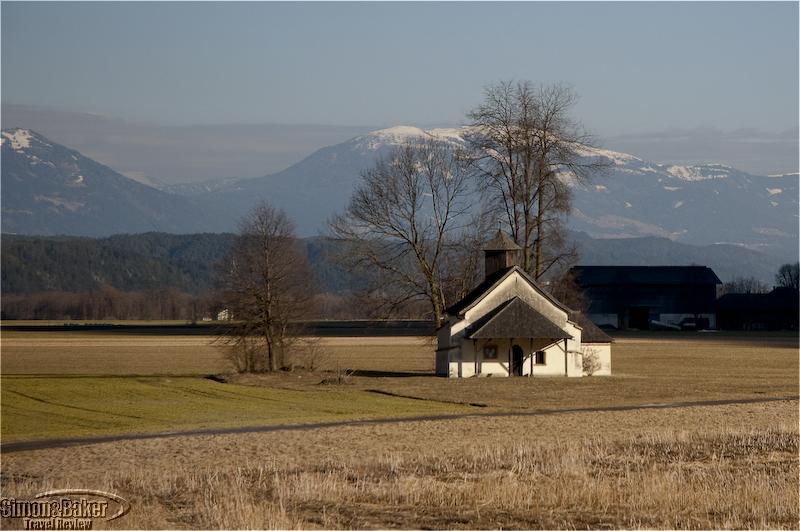
by Editor | Feb 1, 2011 | Austria, Europe, Simon and Baker Travel Review
As the core of the Habsburg Dynasty for over half a millennium, Austria developed a rich cultural heritage with two widely diverging personalities. First there is Vienna on the Danube in the eastern reaches of the country, which was home to the Habsburg court from the end of the Middle Ages until the fall of the Austro-Hungarian Empire at the end of the First World War. Throughout the centuries it grew into one of the leading capitals of Europe, filled with grand palaces and monuments; and it became a beacon of the arts, especially music. Today, with a population of 1.7 million (20 percent of Austria’s total population) Vienna remains Austria’s political, cultural and economic center. Here, history and traditions meld with contemporary vitality to create an especially stimulating environment. Meanwhile at the western tip of the country, nestled within a picture-book alpine landscape, the lovely baroque city of Salzburg, birthplace of Wolfgang Amadeus Mozart, has attained international fame among music lovers for its annual Salzburg Festival. Outside of Vienna, however, Austria has remained a mainly rural environment of small communities, slow-paced and steadfastly attached to their traditions, some said to date back to Celtic and Roman times.





